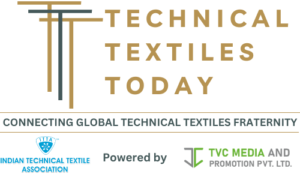The global vibration damping materials market is projected to grow from USD 11.20 billion in 2025 to USD 14.20 billion by 2030, reflecting a CAGR of 4.8%, according to the latest market forecast. These materials—which include polymers, metals, and composites—are used to absorb mechanical vibrations, reducing noise and minimizing structural fatigue by converting vibrational energy into heat.
Key application sectors include automotive, industrial machinery, aerospace & defense, and electronics, where vibration damping ensures durability, operational safety, and enhanced user comfort.
Major players in this market are 3M (US), Nitto Denko (Japan), LINTEC Corporation (Japan), Trelleborg AB (Sweden), and Kitagawa Industries (Japan).
Recent Developments Include:
- Jan 2024: Launch of a 13.5 mil aluminum-backed tape effective in reducing structural noise and fatigue.
- Oct 2022: Nitto Denko transferred part of its NVH business to Parker Corp, boosting its focus on future mobility.
- May 2022: Introduction of a 7.5 mil soft aluminum foil tape for vibration absorption in metal/composite panels.
- Nov 2020: Marian Inc. expanded operations to meet rising demand for die-cut vibration damping solutions.
Market Dynamics:
- Drivers: Surge in noise & vibration control demand in automotive sector
- Restraints: Durability limitations and performance trade-offs
- Opportunities: Innovations in aerospace and space tech
- Challenges: Manufacturing complexity and high R&D costs
